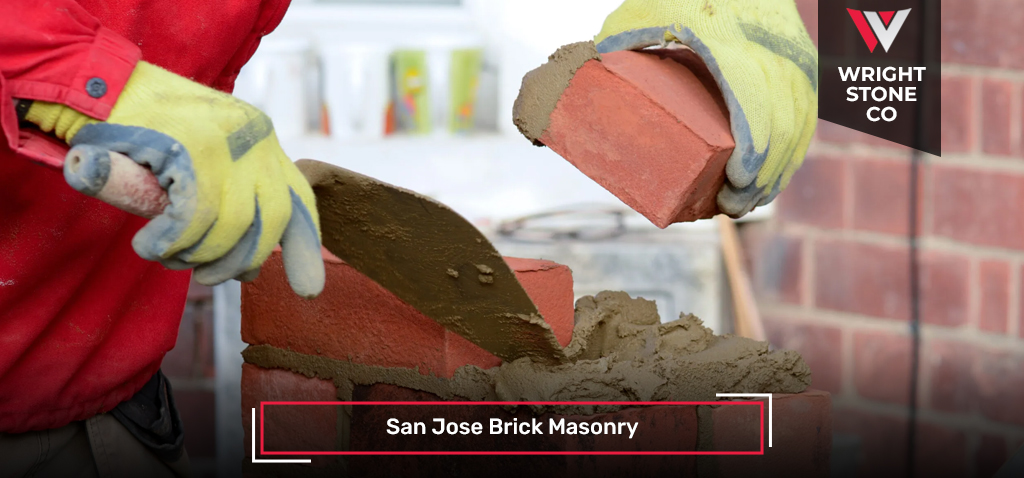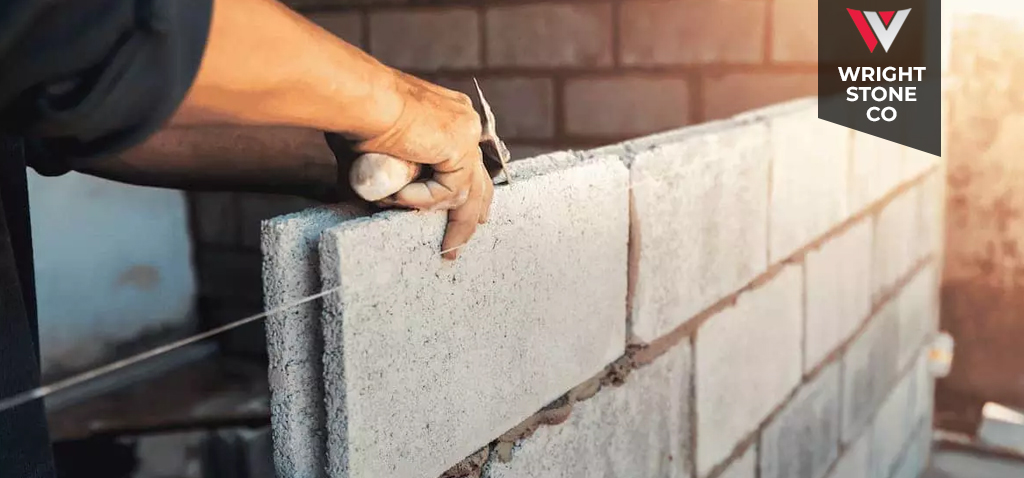Regarding architectural marvels, brick masonry stands tall as a timeless favorite. Creating structures with bricks has evolved over centuries, offering various techniques and styles.

| Types of Brick Masonry | Description |
| Flemish Bond | This type uses alternating headers and stretchers in each course, creating a decorative pattern with staggered bricks. |
| English Bond | It consists of alternating courses of stretchers and headers, each centered above a stretcher. |
| Stretcher Bond | Bricks are laid with their length along the wall’s length, with all headers hidden in the course below. |
| Herringbone Bond | Bricks are arranged in a V-shaped pattern, providing an attractive appearance. |
| Stack Bond | In this simple pattern, all bricks are laid on top of each other without any overlapping, resulting in a clean and modern look. |
| Basket weave Bond | Bricks are laid in pairs, creating a woven or basket-like effect. |
| Header Bond | Headers are used as the primary face of the wall, giving a decorative appearance. |
In the City of San Jose, adhering to codes and regulations is paramount for the safety and longevity of brickwork structures. Key regulations include:
San Jose’s Building Code establishes construction standards, specifying brick types, wall thickness, and joint spacing.
The Masonry Code outlines brickwork guidelines covering mortar types, bonding methods, and wall reinforcement.
In earthquake-prone areas like San Jose, the Seismic Code mandates brick walls to meet strength and ductility criteria for seismic resilience.
Additionally, certain locales, such as historic districts, might have unique requirements. Consult the San Jose Building Department for precise regulations.
Additional brickwork guidelines include using durable bricks, employing compatible mortar, ensuring proper bonding, regular inspections, and immediate repairs. These practices collectively contribute to secure, long-lasting, and visually pleasing brickwork projects.
Brick masonry in seismic zones demands specialized considerations due to the heightened risk of earthquakes. In regions like San Jose, where seismic activity is a concern, brick structures must adhere to stringent guidelines.

Seismic codes dictate reinforced connections, flexible mortar, and strategic wall reinforcement. Techniques like cross-bracing and shear walls are employed to enhance structural integrity. Adequate foundation design and tie-down systems are crucial for stability.
Engineers and masons collaborate closely to ensure brick masonry withstands the forces of seismic events, safeguarding lives and properties. Prioritizing seismic resilience in brick masonry is essential for constructing safe and durable structures in vulnerable areas.
Elevate your property’s allure with timeless brick masonry. Contact Wright Stone Co for paving services in San Jose. Our skilled masons craft stunning structures – facades, fireplaces, retaining walls, and hardscapes.
Expect exceptional craftsmanship, tailored solutions, and elegance. Schedule a free consultation to transform your space.
Brick is a natural and sustainable material, making brick masonry eco-friendly and suitable for green building practices.
Skilled brick masons can repair or restore damaged or deteriorated brick masonry.
The cost of brick masonry depends on the project’s size, complexity, type of brick used, and labor requirements
Many brick types, sizes, and colors are available, allowing for diverse design options
Yes, a stable and well-prepared foundation is essential for ensuring the longevity and stability of brick masonry structures